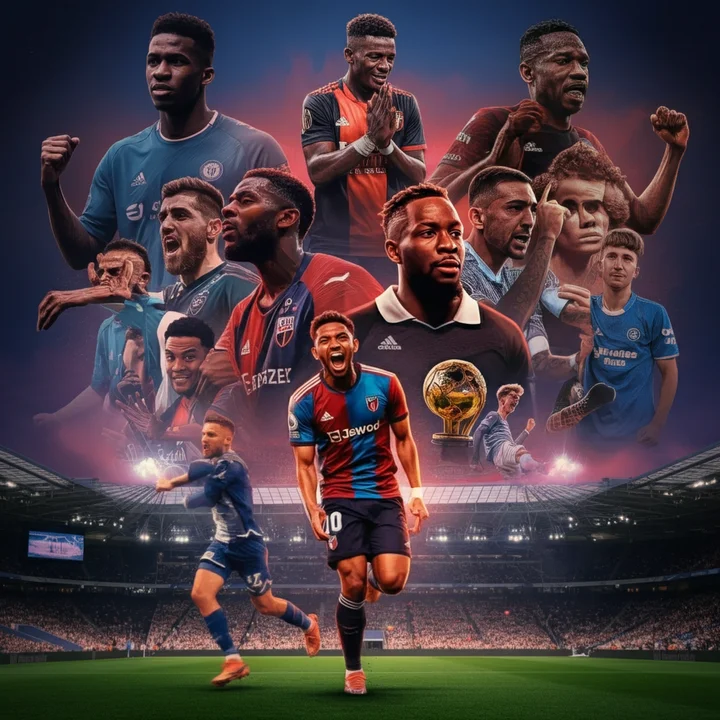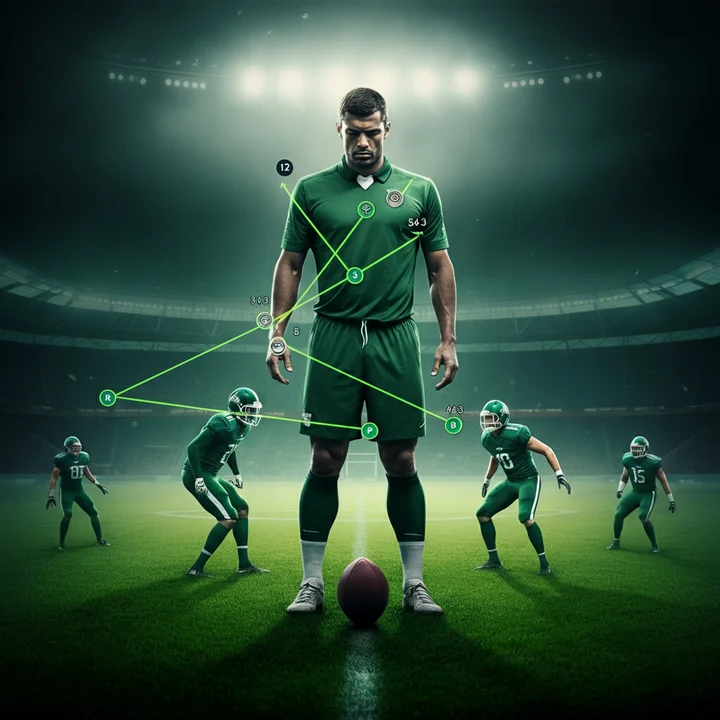Counter-attacking football is one of the most exciting and efficient styles of play in modern soccer. It’s a strategy that turns defense into offense within seconds, showcasing speed, precision, and tactical discipline. Few managers have mastered this art quite like José Mourinho. Known for his brilliance on the touchline and his larger-than-life personality, Mourinho has built a career on using counter-attacking football to outwit opponents and win major honors.
This blog dives into the Mourinho blueprint for counter-attacking football, exploring its origins, key elements, famous case studies, and its enduring legacy in the game.
What is Counter-Attacking Football?
Counter-attacking football is a tactical approach where a team absorbs pressure from their opponent in defense and then launches quick, decisive attacks into open space. Rather than focusing on dominating possession, this strategy capitalizes on the opponent’s vulnerabilities during their offensive plays.
The beauty lies in its simplicity. When executed perfectly, counter-attacking football can dismantle even the most dominant teams. And no one embodies the art of the counterattack better than José Mourinho.
Mourinho’s Philosophy and Origins
José Mourinho’s love for counter-attacking football has its roots in his early managerial career. Inspired by the importance of structure and discipline, Mourinho incorporated these values into his tactical thinking. During his time as an assistant under the great Bobby Robson and Louis van Gaal, Mourinho observed how teams with defensive solidity and quick offensive transitions could disrupt their opponents.
Mourinho’s Tactical Approach
Mourinho's counter-attacking philosophy revolves around a few consistent principles:
Compact Defensive Blocks: His teams sit deep, remaining tight and disciplined to reduce gaps in defensive lines.
Quick Transitions: With ball recovery, his players transition into attack in seconds, exploiting the opponent’s disorganized defense.
Explosive Forwards: Mourinho always relies on speedy, intelligent forwards who can outpace defenders during transitions.
Famous Quotes
Mourinho has been vocal about his trust in counter-attacking football, often defending it against critics. One of his iconic quotes captures his mindset perfectly:
"If you don't have the ball, you can defend, and when you win it, you can hurt your opponent."
His philosophy isn’t about playing "negative" football; it’s about making every movement count.
Key Elements of Mourinho’s Counter-Attacking Football
1. Deep Defense
Mourinho’s defensive structure is the heart of his strategy. His teams often employ a low defensive block, where players stay compact and disciplined just outside or inside their own penalty area. This denies the opposition any space to exploit. Center-backs dominate aerial duels, while fullbacks pinch in to prevent shots and crosses.
2. Transitional Play
Transitioning from defense to attack is where Mourinho’s teams thrive. The moment the ball is recovered, midfielders swiftly move it forward using a mix of direct passes, through balls, or long balls into space. The goal is to immediately exploit the opponent’s defensive gaps as their players are out of position.
3. Quick Forwards
Counter-attacking systems require strikers and wingers who are not only fast but also tactically astute. Players like Samuel Eto’o at Inter Milan, Cristiano Ronaldo at Real Madrid, and Marcus Rashford at Manchester United epitomized the perfect forwards for Mourinho’s system.
Case Studies of Mourinho’s Counter-Attacking Mastery
Inter Milan (2009–2010)
Mourinho’s Inter Milan side delivered a masterclass in counter-attacking football during their treble-winning season. The most iconic example of this came during the UEFA Champions League semi-final against Barcelona. Holding a lead from the first leg, Inter defended with discipline at the Camp Nou. Despite being reduced to 10 men, their swift counters and organization eliminated the reigning champions.
Real Madrid (2011–2012)
Under Mourinho, Real Madrid’s 2011–2012 season saw them score a record-breaking 121 La Liga goals. Their counter-attacking play perfectly suited Ronaldo, who thrived in situations where space opened up behind defenses. The team’s lightning-quick transitions made them unstoppable, securing the league title with 100 points.
Manchester United (2016–2017)
While Mourinho faced criticism during his time at Manchester United, the team achieved success in the 2016–2017 season by winning both the EFL Cup and the Europa League. A balanced mix of defensive organization and counter-attacking flair saw United thrive in crucial games, particularly evident in their Europa League final victory.
Statistical Support
Mourinho’s counter-attacking football often contrasts with the modern-day obsession with possession-based play. Consider this:
During Inter Milan’s iconic match against Barcelona in 2010, they had just 24% possession yet emerged victorious.
Mourinho’s Real Madrid team, while clinical, averaged only 52% possession in the 2011–2012 La Liga season, far below Pep Guardiola’s Barcelona.
These numbers demonstrate the efficiency of Mourinho’s philosophy. Possession might dominate the aesthetics, but Mourinho’s counter-attacking teams consistently prove that it’s what you do with the ball that counts.
Criticism and Praise
Mourinho’s counter-attacking approach has always divided opinion.
Criticism: Detractors argue that his “parking the bus” philosophy can lead to boring football. Some say it focuses too much on defense and lacks the creative flair of possession-heavy tactics.
Praise: Supporters, however, see it as tactical genius. Mourinho's ability to adapt his game plans to different opponents and manage critical moments is often lauded as unparalleled.
Mourinho himself is unbothered by the criticism. He once said, “I don’t play for the gallery; I play for the results.” His trophy cabinet, brimming with UEFA Champions League, Premier League, Serie A, and La Liga titles, speaks volumes in his favor.
Legacy and Influence
Mourinho’s counter-attacking blueprint has left an indelible mark on modern football. Managers like Diego Simeone, Massimiliano Allegri, and even Zinedine Zidane have adopted variations of Mourinho’s principles, achieving tremendous success in the process.
Beyond trophies, Mourinho has provided a tactical alternative to possession-based systems, proving that there’s more than one way to win football matches. His approach emphasizes pragmatism, efficiency, and maximizing the strengths of a team.
The Mourinho Legacy Lives On
Love him or loathe him, José Mourinho’s impact on football is undeniable. His counter-attacking blueprint has redefined how teams approach the game, particularly underdog sides looking to topple giants. By focusing on defensive discipline, quick transitions, and playing to players' strengths, Mourinho demonstrates that success doesn’t require dominating possession.
Whether you’re a fan of the "Special One" or a skeptic, one thing is clear: his contributions have forever altered the tactical landscape of football.
For managers, players, and even fans, Mourinho’s lessons in counter-attacking football remain as relevant as ever. How will you integrate these principles in your own understanding or appreciation of the game?



